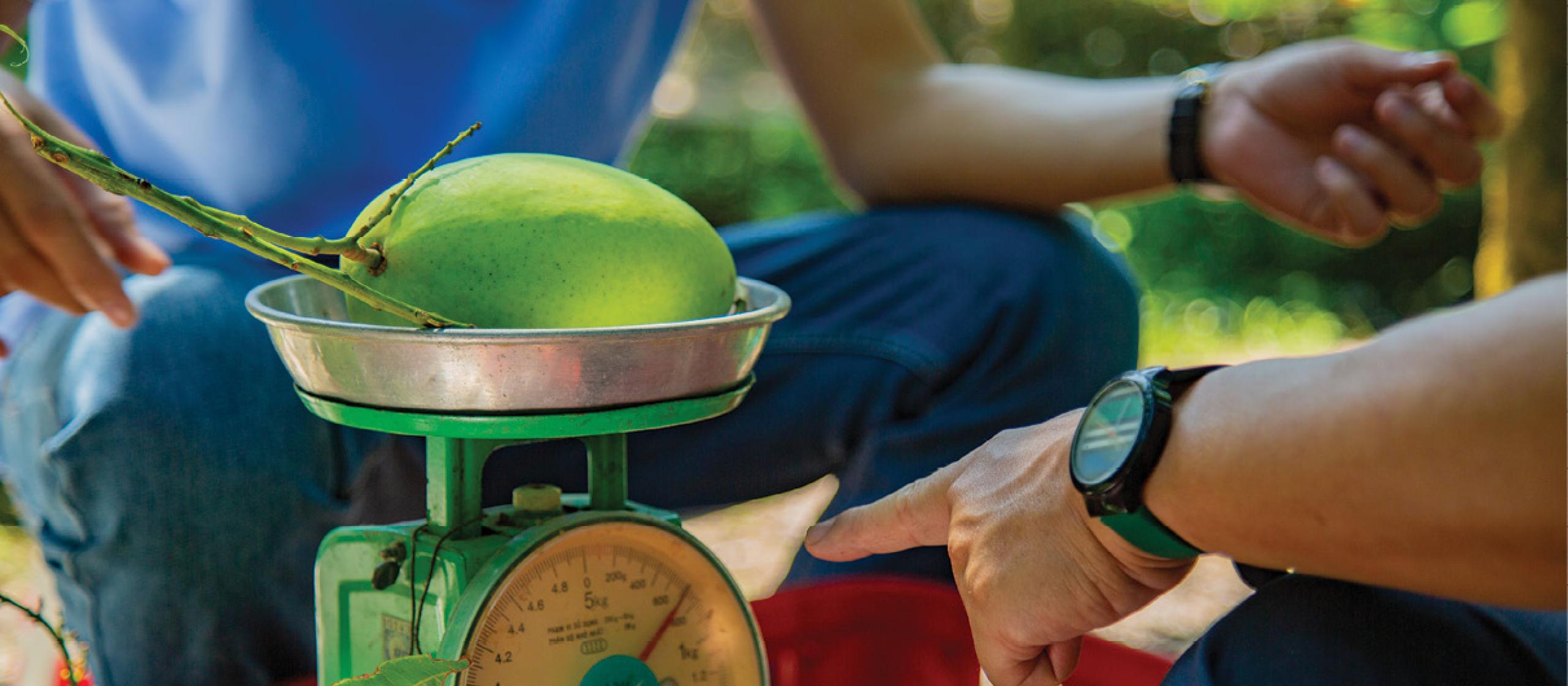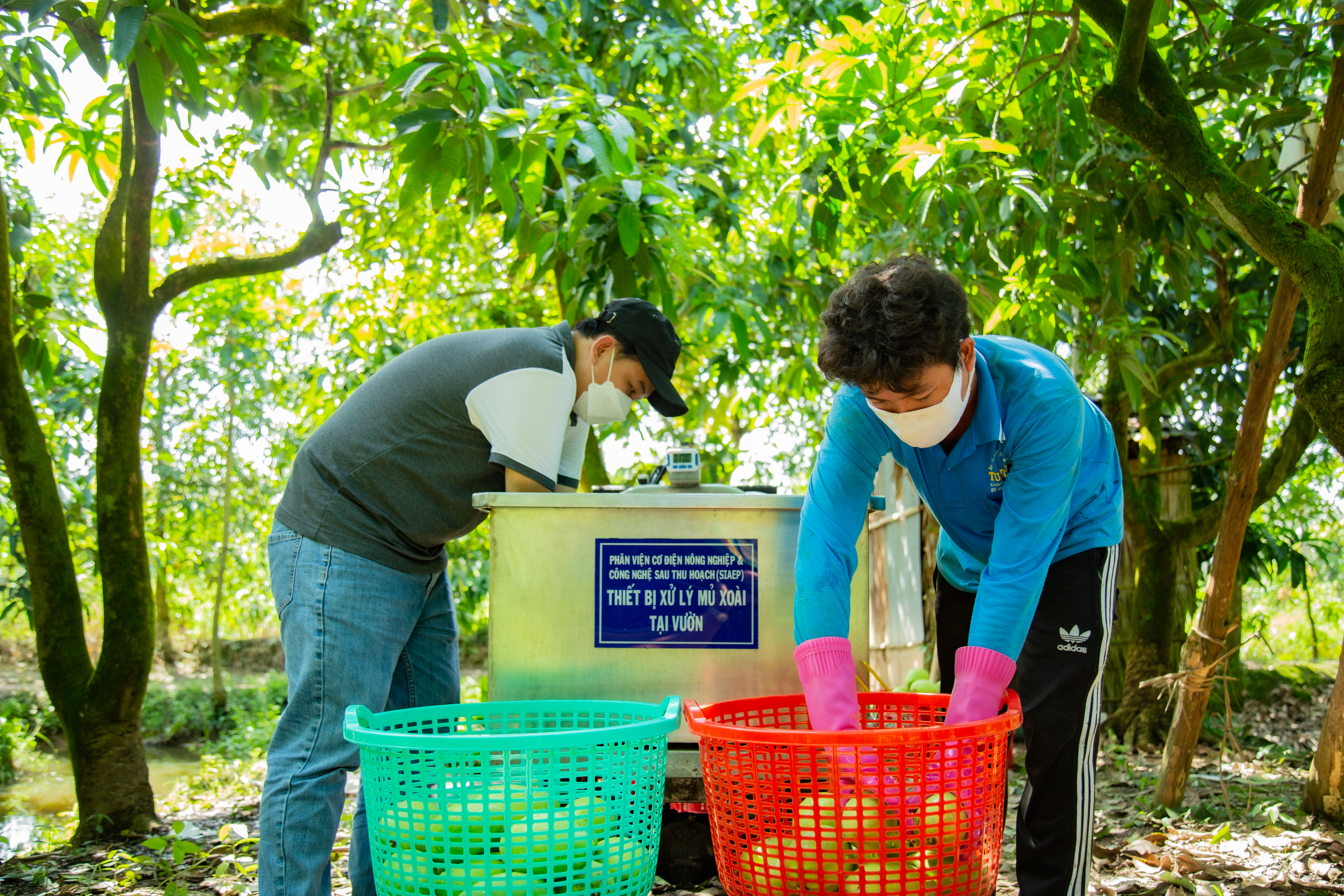Professor Roberts says much of the research focused on technical aspects of mango supply chains. This includes both the consumer end of the chain and refining technologies to improve handling and shelf-life.
Sap-burn and hot water treatments have made the fruit look better and last longer, which is important for retailers and vendors. After treatment, mangoes in supermarkets can last between 7 and10 days. An increase from just 3 or4 days.
Sap-burn management is used to maintain the visual integrity of the fruit while hot water treatment is generally used to disinfect mango for fruit fly. The fruit is dipped into hot water with the duration of dipping time dependent on the type of cultivar and size. This is applied before the packing process.
Professor Roberts emphasises that when studying demonstration supply chains, it became apparent that ‘interventions or changes at the demand end of the chain were necessary’.
The trial application of improved technologies and management practices have demonstrated mango farmers of the Cat Chu varieties increase income by 17% as the fruit became bigger resulting in higher grading which commands a higher price. Professor Roberts estimates that farmers may see an average increase of US$2,000 in seasonal income as a result of both reducing cost of fertilizing and increasing price of mango grade 1.
Raising the profile of mangoes in consumer minds by improving packaging methods and instore display, associated with premium products, has contributed to an increased value in the marketplace.
Based on the project activities and evaluations, mango farmers from southern Vietnam, if they adopt practices put forward by the project, could see an increase in production of 25–30%, as well as a decrease in postharvest losses.
The project also trialled the introduction of a freezing protocol for mangoes, which would give farmers another trading channel for fruit that doesn’t meet quality requirements for being sold fresh. If adopted by the industry, says Dr Robin, this would provide another revenue stream and reduce on-farm losses.




